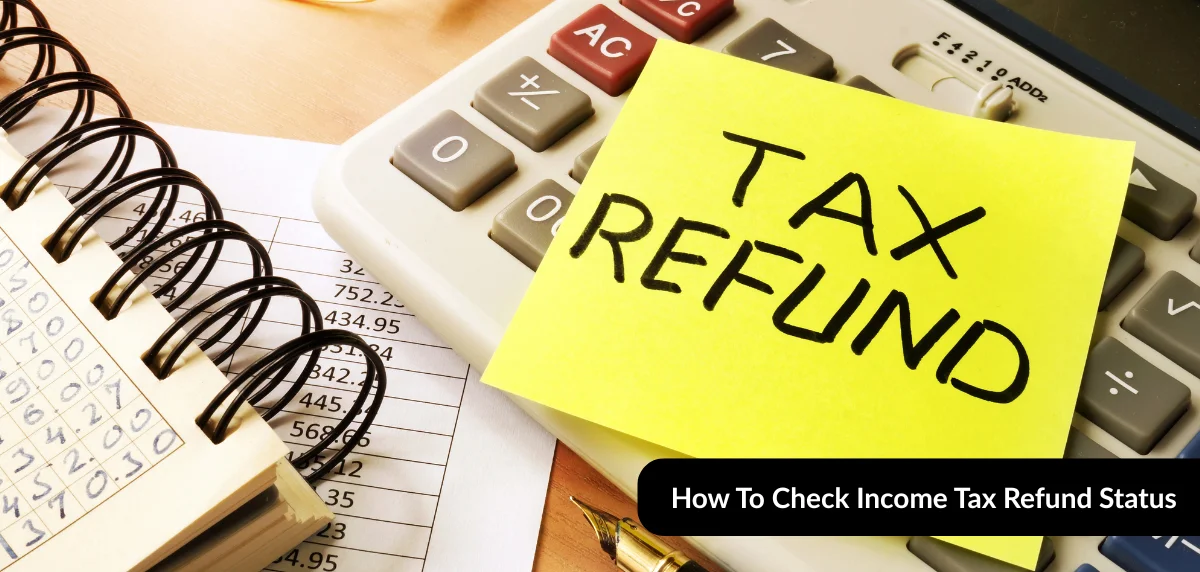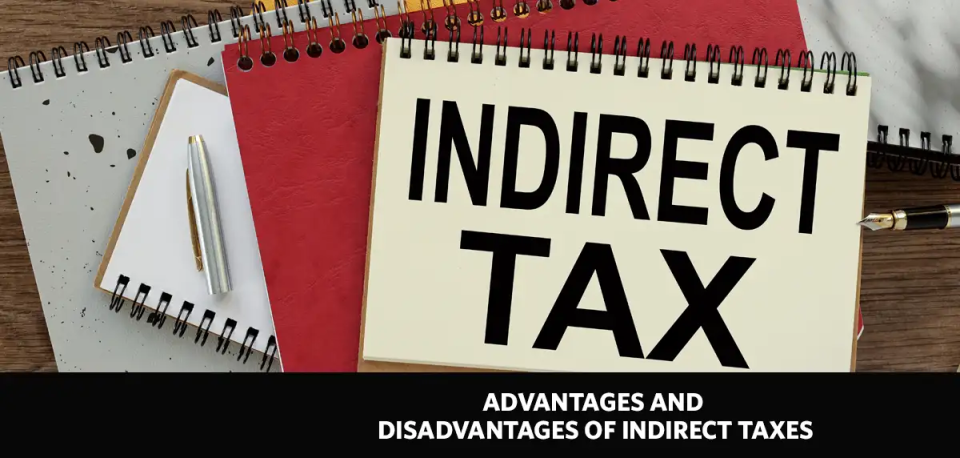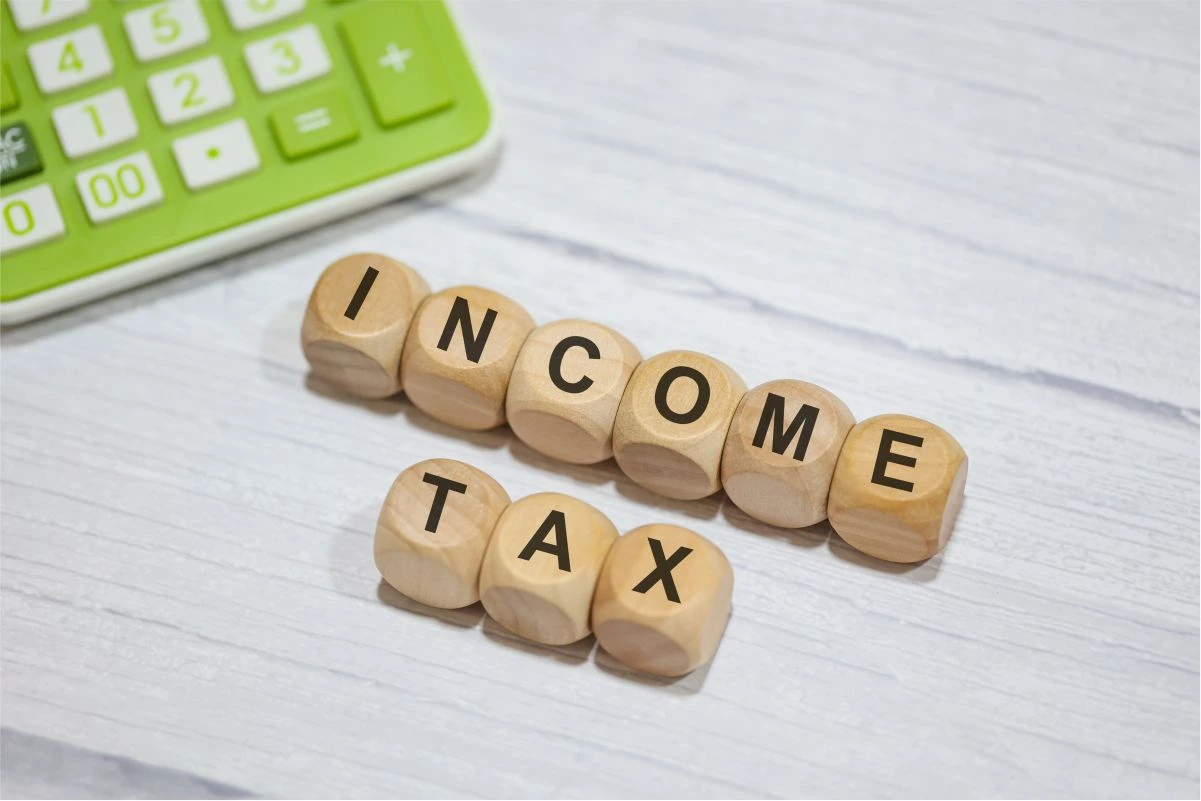After filing your Income Tax Return (ITR), you may be eligible to receive a tax refund if you have paid more tax than your actual liability. If you are due for a refund, you may be eager to know when and how the refund will be credited. Let’s understand how to check the income tax refund status, what the status could mean, and more.
Steps to Check the Status of Your Tax Refund
After filing your return and verifying it, you can track your income tax refund via two portals.
Step 1: Check Refund Status on the Income Tax e-Filing Portal
Here's the process for knowing how to check ITR refund status using the Income Tax e-filing website:
Step 1. Log in to the Income Tax Portal
Step 2. Once logged in, go to the top menu and navigate through the following options: e-File > Income Tax Returns > View Filed Returns.
Step 3. Locate the return for which you are expecting a refund (e.g., AY 2025–26).
Step 4. Click ‘View Details’ on the corresponding row to view your refund status.
If the refund is paid, you will see the details on the page. If the refund failed or was returned, it will be mentioned along with the reason (e.g., incorrect bank details). In such cases, you can again request a refund reissue.
Step 2: Check Refund Status on the NSDL (TIN) Portal
If you are wondering how to track your income tax refund process via NSDL, here are the steps to follow:
Step 1. Visit the NSDL portal (https://tin.tin.nsdl.com/oltas/refundstatuslogin.html)
Step 2. Enter your PAN and select the Assessment Year from the dropdown (e.g., 2025–26 for the current cycle)
Step 3. Click ‘Proceed’ after submitting the information.
Your refund status will be displayed on screen. This method is great for quick checks but may not give access to full return filing information.
Understand Different Refund Statuses
Once you know how to check your ITR refund status, you should also know what some of the statuses you encounter can mean.
Refund Status
| Meaning
|
Refund Paid
| The amount has been credited to your bank account.
|
Refund Failure
| There was an error in your bank account details. You must request a refund reissue under ‘My account’ -> Service -> Refund Reissue Request.
|
Under Processing
| Return is still being reviewed by the department. Check back after a few weeks to see if there is an update on your refund.
|
Refund Not Determined
| No refund is available based on your filed return.
|
Invalid Original Return, File Revised Return
| Your original return was marked as invalid by the Income Tax Department. File a revised return as soon as possible.
|
ITR Processed with Refund Due
| Your return is processed, and the refund will be sent shortly.
|
Pending for e-Verification
| You have not verified your return. Complete e-verification to initiate processing.
|
Refund Adjusted Against Demand (or) Refund kept on hold, with an Intimation u/s 245 issued that proposes adjustment of refund towards outstanding demand
| Your refund is adjusted against any pending tax dues. An intimation will be sent before the adjustment is made. In case of no response from the taxpayer, the department will go ahead with the adjustment.
|
Processed with No Demand/Refund
| Return has been processed, but there is no refund or additional tax due.
|
Rectification Processed with Refund Due
| Refund processed after a rectification request.
|
Now that you know what income tax refund is and how its status can be checked, let’s also explore the reasons your refund might be experiencing delays.
Common Reasons Your Refund Might Be Delayed
Here are some reasons you may face a delay in receiving your refund.
1. Incorrect Bank Details
If the account number, IFSC code, or account holder’s name is incorrect or misspelt, your refund may fail.
2. Pending e-Verification
Even if you have filed your ITR, it will not be processed until it is e-verified. If you forget this step, your refund will not be initiated.
3. Mismatch with AIS or Form 26AS
The details mentioned in your ITR should match the information about TDS/TCS and other aspects in your AIS (Annual Information Statement) or Form 26AS. If there is a mismatch between these documents, it can hold up your refund. Consider revising your return in such a case.
Using an income tax calculator can help you estimate your tax liabilities and file your ITR more accurately.
4. Late Filing
Filing close to the deadline may lead to processing delays due to high volumes. It is advisable to file early for quicker refunds.
5. Outstanding Tax Dues or Pending Notices
If you have old tax demands or other notices pending, your refund may be adjusted or withheld until they are cleared. In such cases, it is best to respond or get clarity on old tax demands to speed up your current refund process.
Knowing how to track your income tax refund can help identify the issue early and take action.
Why Do Refunds Happen?
One of the common income tax FAQs many people have is - why and how do income tax refunds happen?
To understand the answer, it helps to revisit what income tax is. It is the amount individuals and businesses pay to the government based on their income. Sometimes, one may pay excess tax in advance, either through TDS (Tax Deducted at Source), self-assessment tax, or advance tax.
A refund is simply the difference between the total tax paid and your final tax liability. So,
Income Tax Refund = Total Tax Paid - Actual Tax Payable
Use an income tax calculator each year to avoid overpaying and to estimate your eligible refund with more accuracy.
Knowing how to check income tax refund status is important for every taxpayer. You can do it from the ITR e-filing portal or the NSDL website as you see fit. While getting a refund can be a welcome surprise, the process to follow up on it may feel tiresome to some people. It is advisable to be clear on what tax bracket is suitable for you, the deductions and exemptions you are eligible for, your AIS details, and more. Using an income tax calculator can also help in accurate ITR filing.





















